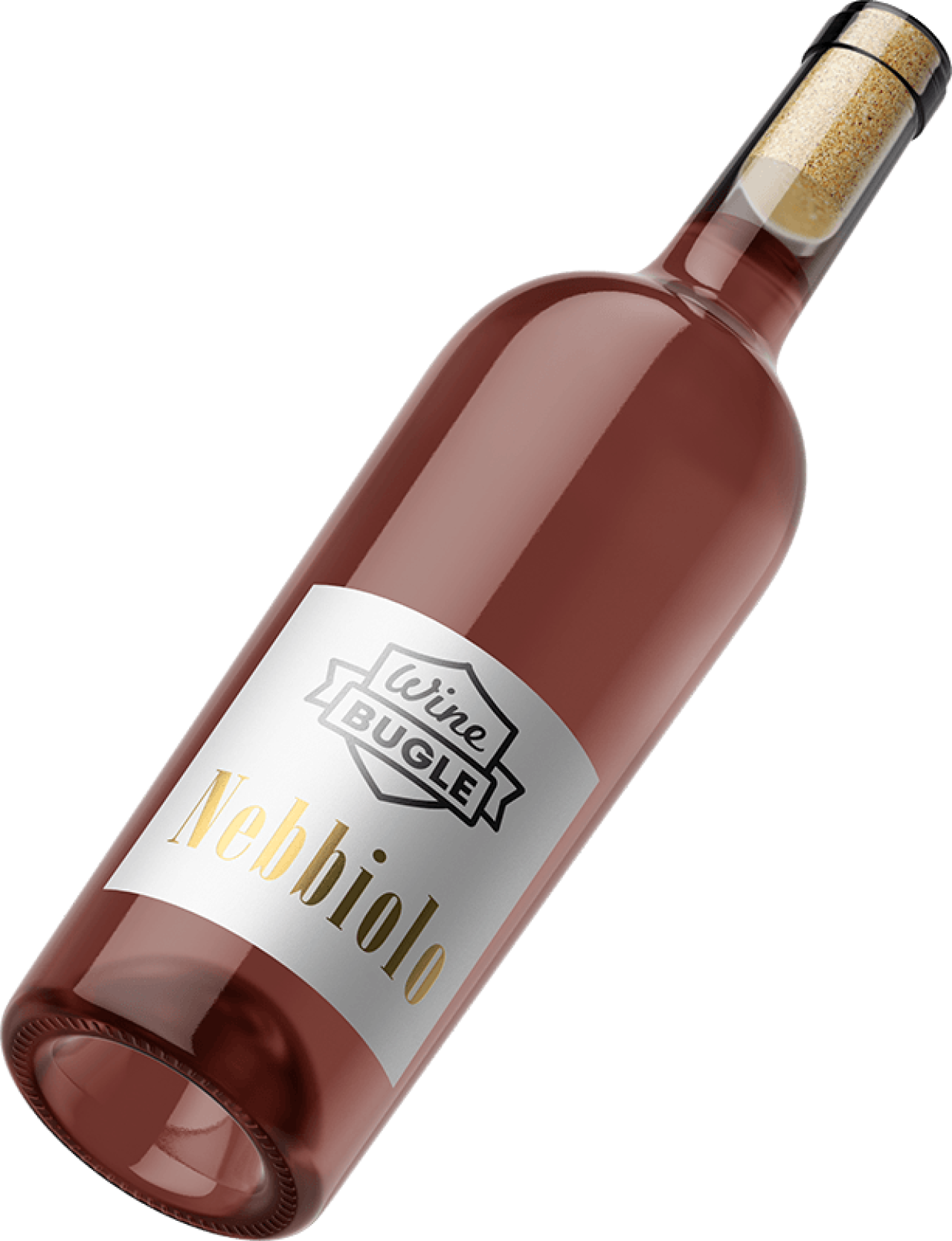Origins of Nebbiolo grape
Nebbiolo is a red vine indigenous to Northern Italy. Certain and important historical sources place the cultivation of the vine in Piedmont in the middle of the Roman age; Pliny the Elder - among others - mentions it in his Naturalis Historia, while the presence of the Nebbiolo grape is confirmed by extensive documentation dating back to the year 1000.
There are two theories on the origin of its name. According to the first, the name derives from the fact that its thin-skinned grapes are covered with abundant bloom, which causes their color to change from bluish purple to gray. The second theory refers to the harvest period, which is rather late and therefore characterized by the presence of fog.
It is a grape particularly suitable for being vinified in purity or with minimal additions, thanks to the good balance between color, body, acidity, aromas, and alcoholic strength.
It can produce exceptional red wines capable of aging for a very long time, and excellent sweet wines. Recently some winemakers are experimenting with rosé sparkling versions.
Where it is grown
Nebbiolo is widespread in various areas of Northern Italy, but its land of choice is undoubtedly Piedmont and more precisely the Langhe-Roero area, the Monferrato, and the Canavese. Here it produces wines of great tradition and quality widely renowned around the world, such as Barbaresco and Barolo.
It is also grown in Valle d'Aosta (where it is called Picotener or Picodendro), in the provinces of Vercelli and Novara (where it is known as Spanna), in Valtellina, and in Sardinia in the Gallura area.
In the Valtellina zone, where it takes the name of Chiavennasca, the particular geographical conditions create microclimatic differences that affect the sensory characteristics of the wines among the Sassella, Grumello, Inferno, and Valgella sub-areas.
Flavors and style
The color of Nebbiolo is very easy to recognize: it is, as in the case of Pinot Noir, a transparent ruby that tends to garnet with age.
Its bouquet displays all the typical scents of the Langhe hills in Autumn: truffles, toasted hazelnuts, and earth mixed with small berries such as currants, raspberries, strawberries, black cherry, and chocolate.
The acidity is never exuberant, and in the mouth you can feel a clear call of leaves, anise, undergrowth, tobacco, tea, mint, streaks of cocoa, and licorice root. The tannins are particularly powerful and lively, especially when the wine is young.
The aging capacity of Nebbiolo is legendary, and with age this grape develops its full potential. Floral scents turn into an even more complex potpourri, and notes of goudron, smoke, sweet spice, wood, and even incense emerge. The tannins are softened by maturation, and develop slightly bitter notes of infusion of herbs and roots, tamarind, and coffee.
Nebbiolo food pairing
Nebbiolo goes very well with traditional Piedmontese cuisine. Among the first courses, the ideal pairing is with stuffed pasta such as agnolotti del plin, or with the classic ragù, especially if a little spicy. It is delicious with beef Wellington, mushrooms and aged cheese, but it's a must with truffles and game.
